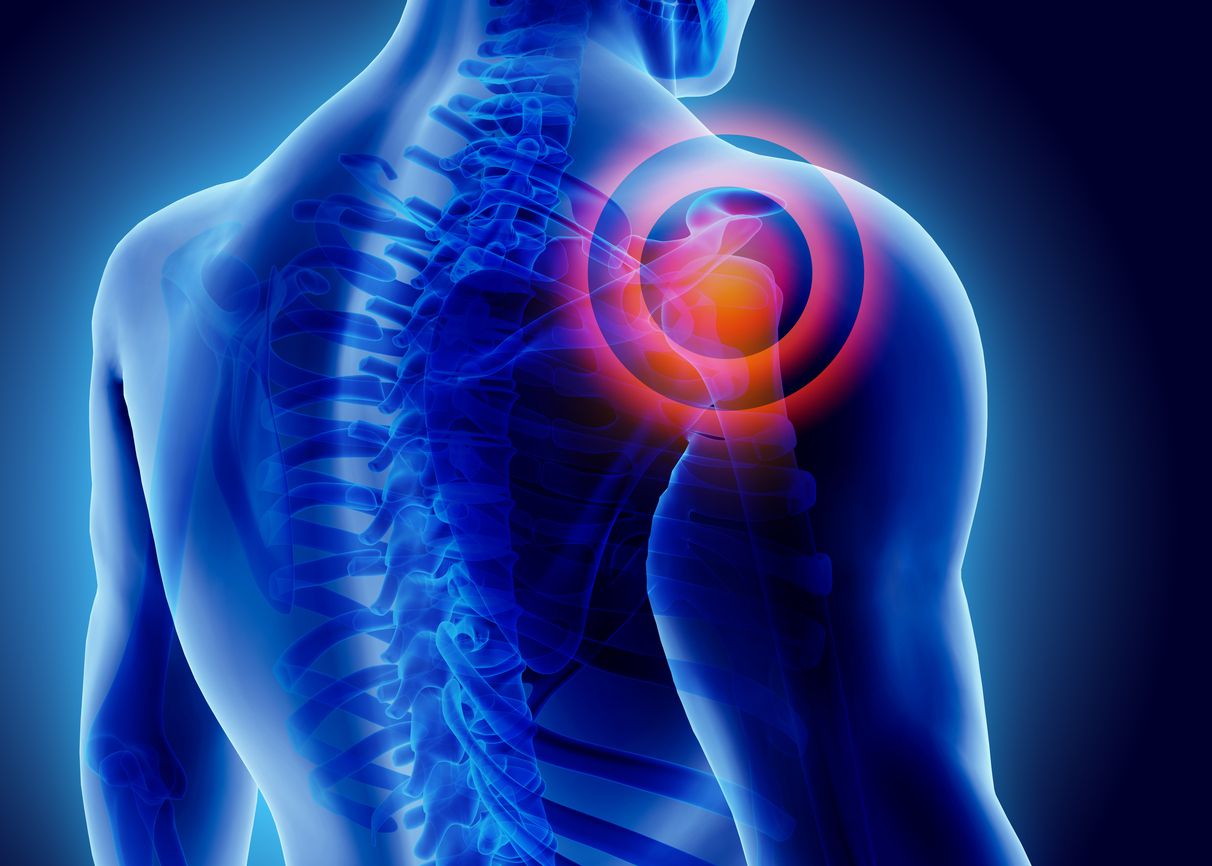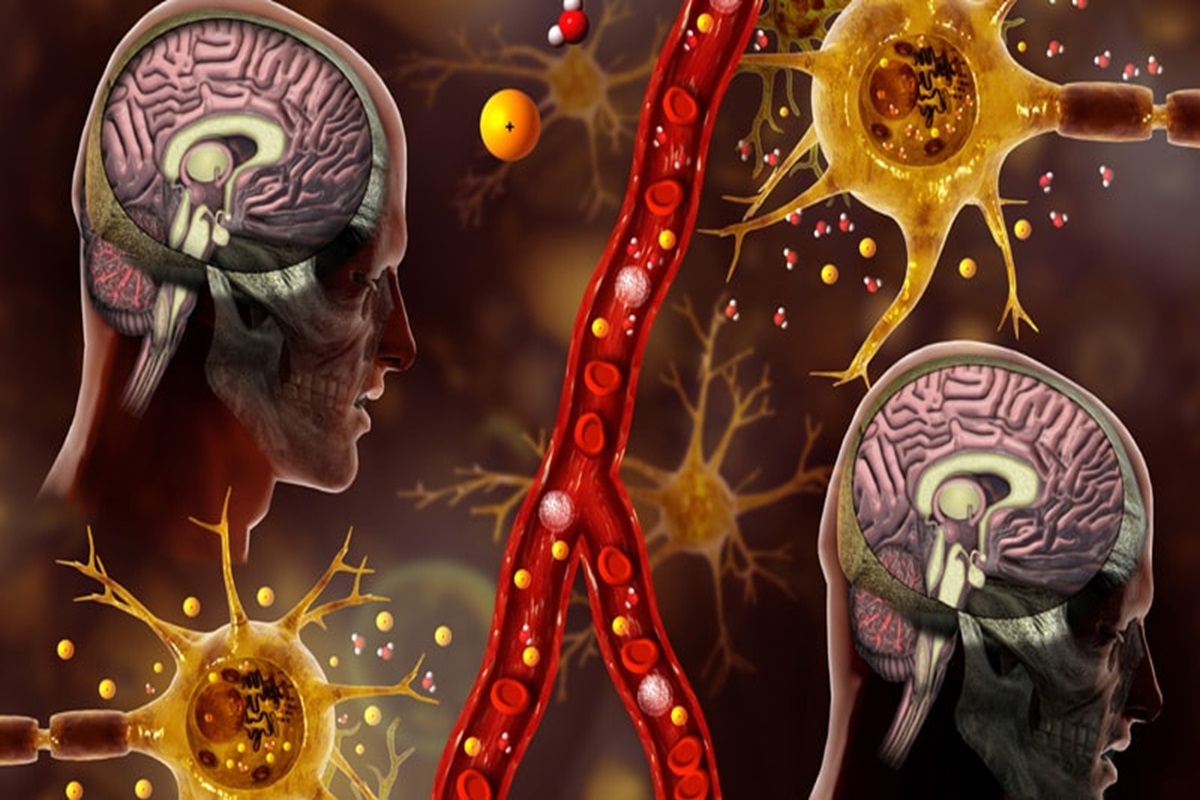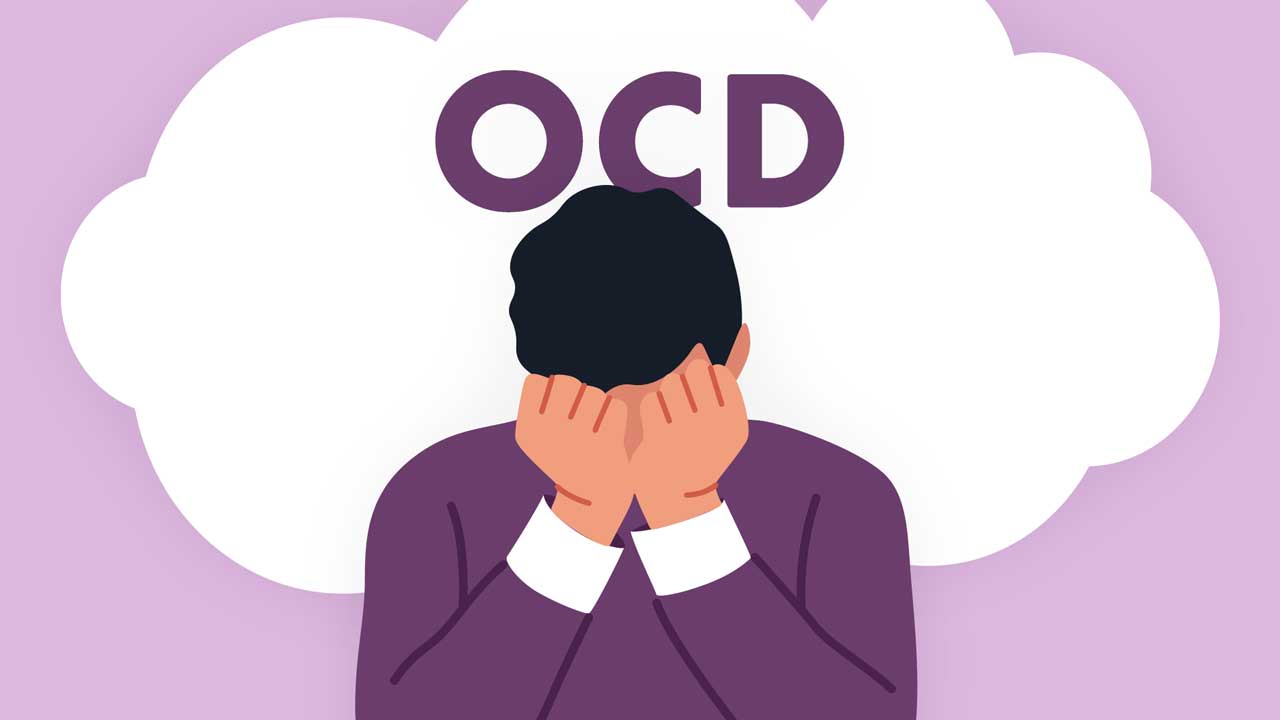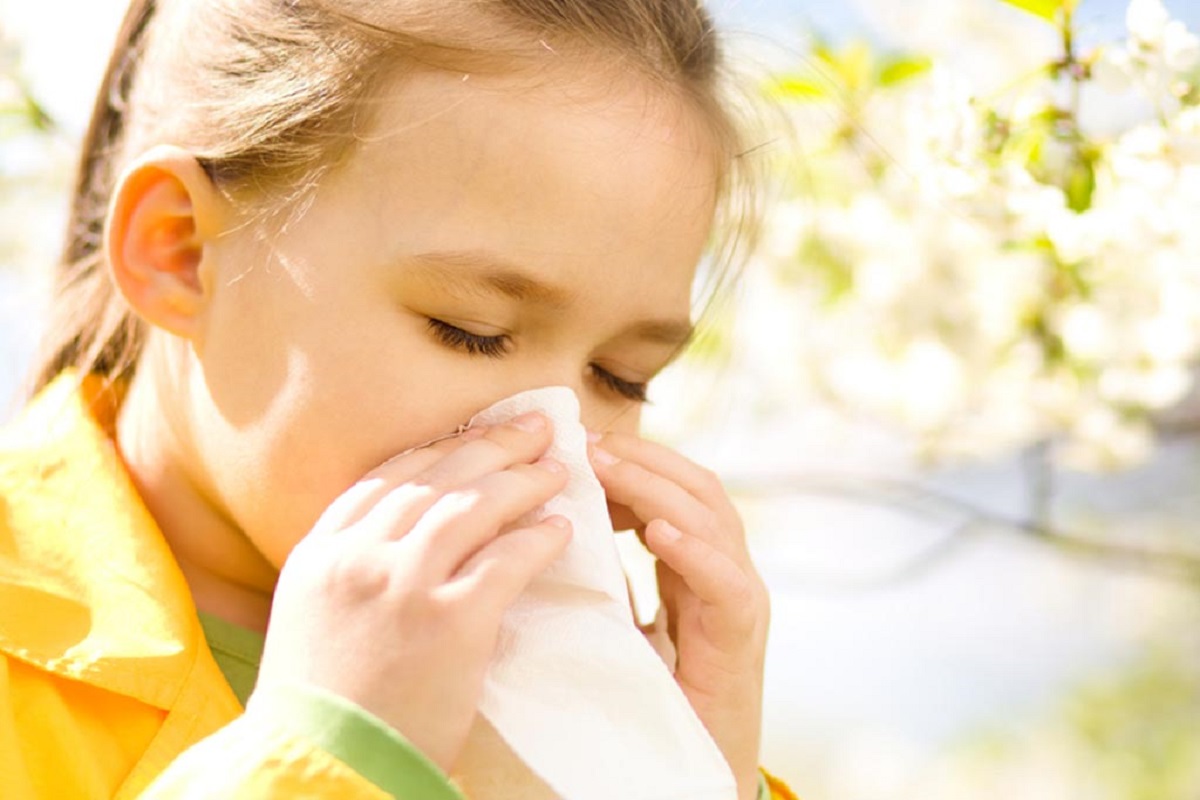In 2024, something amazing is happening in medicine sector. Scientists are creating new organs in a special way, and it’s giving hope to people who have problems with their organs. They don’t have to wait a long time for a transplant anymore. Let’s look at five bioengineered organs that are getting ready to change the face of medicine.

Ears
People who can’t hear well might get a special kind of ear soon. It’s called a “bionic ear,” and it’s made using small electronics and a person’s own cells. This ear can help those who have a hard time hearing to enjoy music, laughter, and the voices of their family members and friends.
Skin
For those with burns or scars, there’s good news. Scientists are growing a special kind of skin called “super skin.” They use your own cells to make it, and it even has hair follicles and sweat glands. This super skin can heal faster and look more natural compared to regular skin.
Lungs
Many people struggle to breathe because of lung diseases. But what if they could have brand-new, healthy lungs made just for them? It’s not ready yet, but scientists are working on bioengineered lungs. These lungs could help people with diseases like COPD and you can breathe better.
Kidneys
Imagine having small factories inside you that clean out waste and keep you healthy. That’s what bioengineered kidneys can do. They’re made from a mix of your own cells and special materials. These kidneys can do the job of failing ones, and people won’t need to worry about dialysis anymore. It gives them back their freedom and daily life.
Blood Vessels
Our blood vessels are like highways in our body, carrying important elements everywhere. When they get hurt, it will create a big problem. But scientists are looking at making special blood vessels. These bioengineered blood vessels could fix damaged ones and stop big health problems like strokes.
These are just a peek into the incredible world of bioengineered organs. With more research and work, these amazing breakthroughs could change the lives of many people. In the future, having healthy organs might not just be a dream. It could become a real thing. The world of medicine is getting brighter and better.








